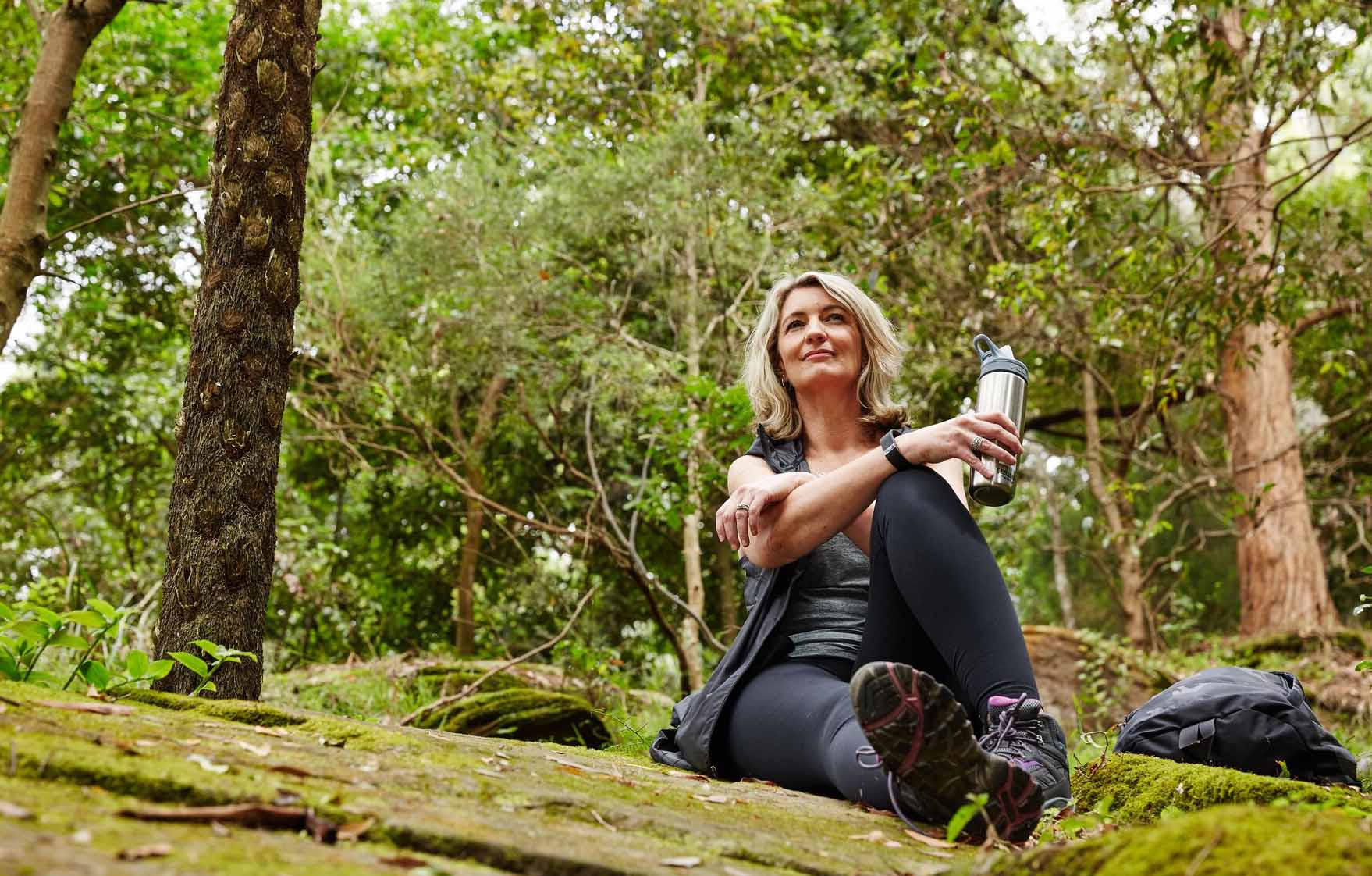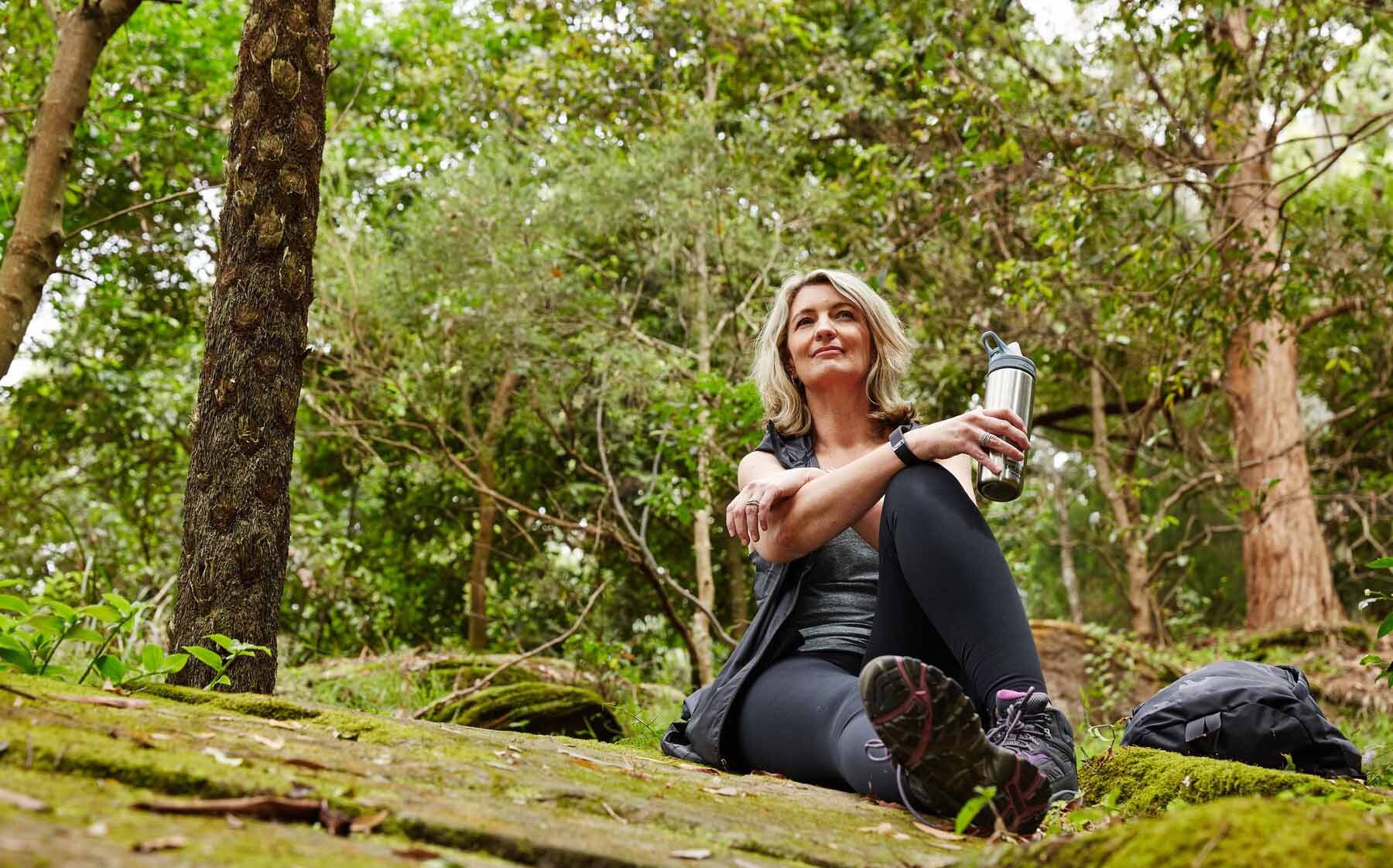The power of breath


Breathing. Most of the time, we don’t even think about it. We take for granted that our bodies will continue to involuntarily inhale and exhale air throughout the day. But if we become more aware of our breathing, we can consciously use it to our advantage – particularly in moments of stress.
“The power of breath is incredible – it is healing, restorative, and improves our emotional well-being,” says Miriam Amselem, a meditation guide, mindfulness coach, and yoga instructor who uses breathing techniques every day in her work and her personal life.
“I use it for myself first thing in the morning for about 60 seconds before I get out of bed,” she says, by allowing herself to take deep inhalations and long exhalations. She also uses this simple slowed-down breathing technique when commuting or if a stressful situation arises.
An ancient practice
“The history of breath work is ancient,” says Amselem. “Many cultures have used it for centuries to bring about self-awareness, inner peace, self-healing, and meditative relaxation. Historically, the roots are in the East and the ancient practices of yoga and meditation.”
Meditation, which generally incorporates conscious or controlled breathing techniques, has been around for about 5,000 years, according to The Chopra Center, although its exact date of origin is not known.
In the West, breathwork gained in popularity in the 1960s, Amselem says.
According to a TIME magazine piece, serious research on meditation began in the ‘60s, although it was still considered to be on the fringes of science, and by the ‘90s, meditation had become a “Hollywood-friendly, health-focused concept.”
Today, although there are still skeptics out there, meditation has become a lot more mainstream, and breathing techniques – whether you’re meditating or not – have been proven to be beneficial.
“We don’t have to think about breathing,” says Amselem, “our body breathes automatically on its own – sort of on autopilot. Mastering breath, also called mindful breathing, is an effective tool to lower stress levels, improve mood and mental and emotional health.”
She explains, “there is also a direct relationship between breath rate and the body’s central nervous system. Researchers found that fast breathing trigger[s] the brain to activate [the] sympathetic nervous system, which increases cortisol (the stress hormone), heart rate, blood pressure, muscle tension and even anxiety. Therefore, the power of breath and mindful breathing does the exact opposite and increases calmness, relaxation, and mental clarity.”
Indeed, deep breathing (also known as diaphragmatic breathing and belly breathing) helps calm our “fight or flight” stress response. Deep breathing, in which you fill your lungs fully and let your lower belly rise, may feel unnatural for many of us, because we tend to hold our stomachs in and breathe shallowly. This means we’re not really getting as much oxygenated air as we could be in each breath, and it can make us feel short of breath and anxious or tense. Deep breathing lets us get as much oxygen as we possibly can in each breath and can slow our heartbeat and help regulate blood pressure.
Breathwork exercises
“In meditation and yoga, breath control is an integral part of the practice,” Amselem says, referring to the pranayama breathing method, which dates back to at least 700 BCE.
16-point breath
With this exercise, Amselem explains, you inhale for a count of four, then hold your breath for a count of four, exhale for a count of four and, finally, hold your breath again for a count of four before your next inhalation.
“I repeat this cycle about four times and it is an excellent stress-reaction method plus a lung-expansion exercise,” she says.
Back breathing
“In back breathing, I place my hands on the participant’s mid back and have them take deep inhalations …, allowing the back to rise and fall,” Amselem says. “This technique is another excellent way to expand the lungs and some people have said that it alleviates back pain!”
Meditation/Yoga relaxation
During her yoga sessions, Amselem instructs participants to lay on their backs and place their left hands on their hearts and their right hands on their stomachs.
“I guide them through meditation while they focus on their right hand and the rise and fall of their belly. It is extremely relaxing and [the] breath is deeper and slower.”
If you’ve never tried conscious breathing, you may be surprised how even just a couple of mindful breaths can make you feel more at ease. The next time you’re stressed at work or stuck in traffic, take a moment to focus on your breath, and see what happens.
